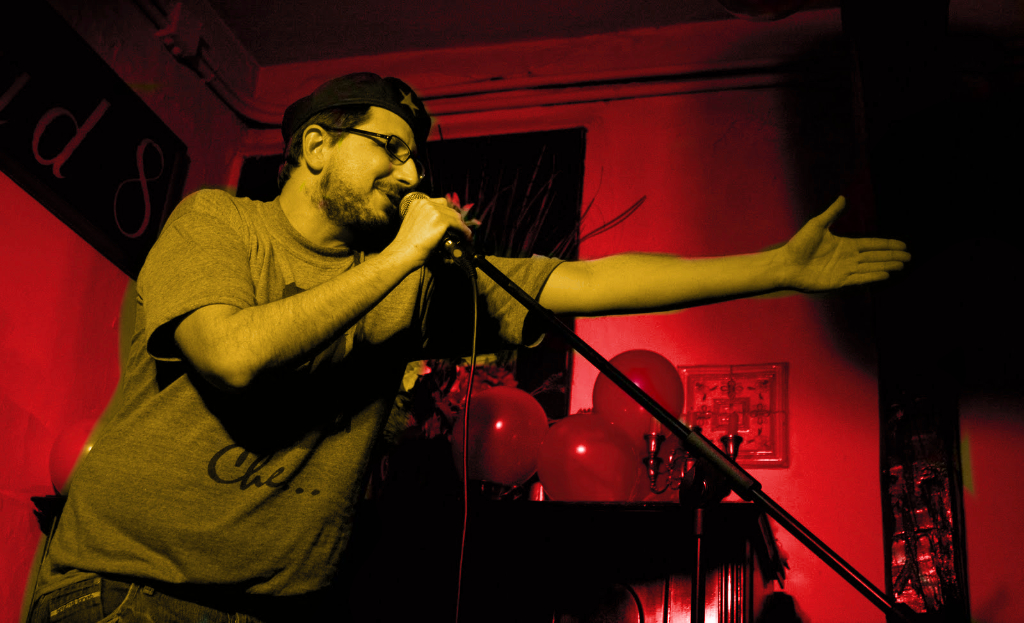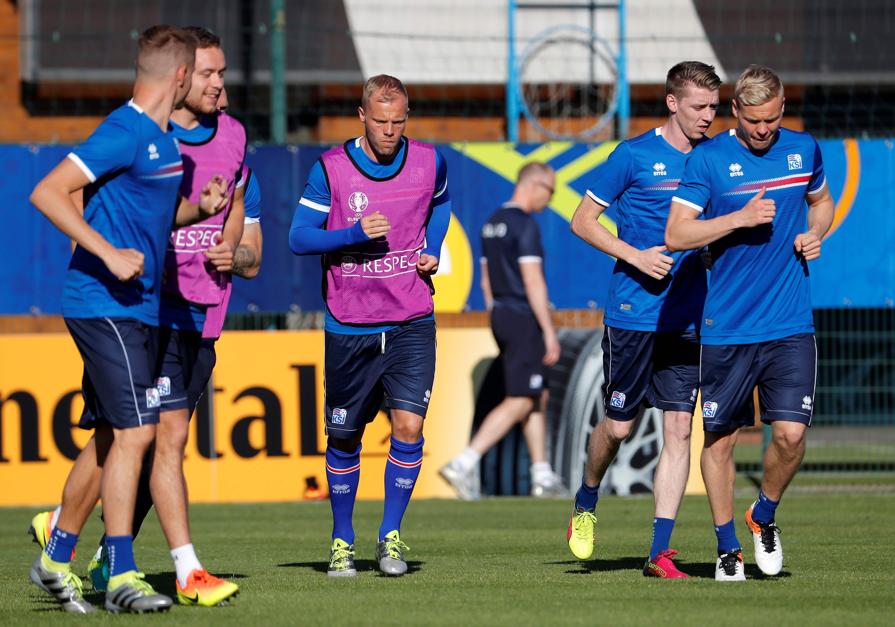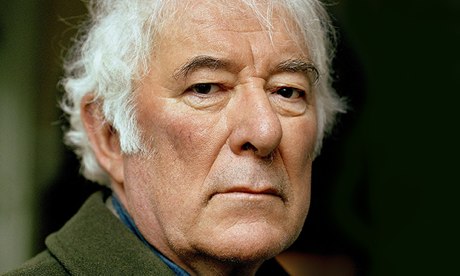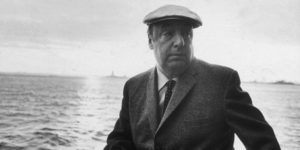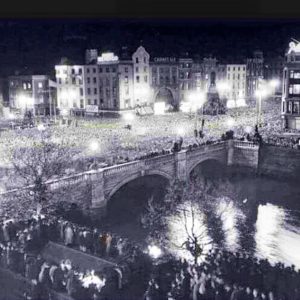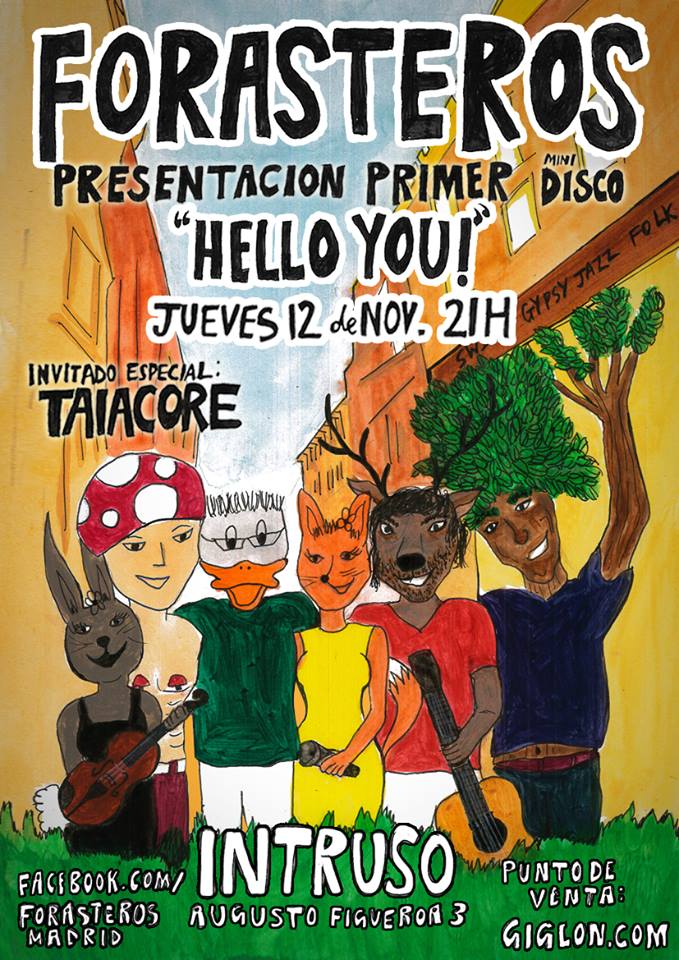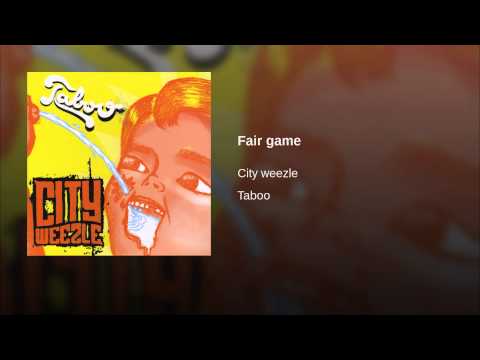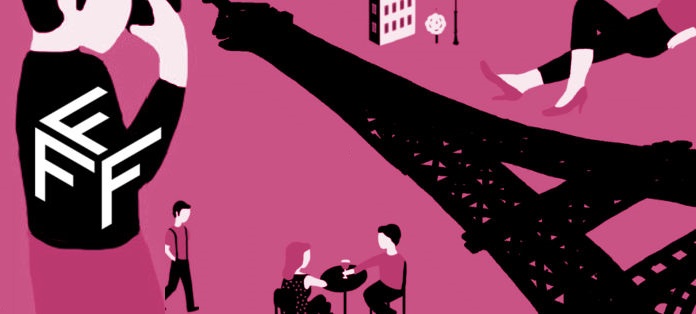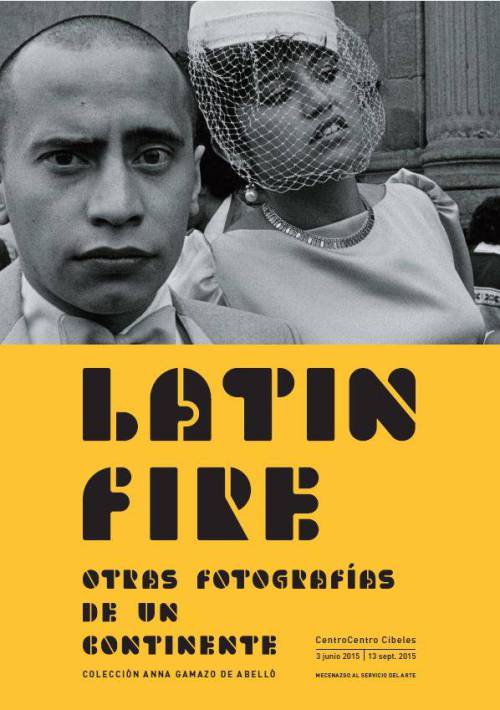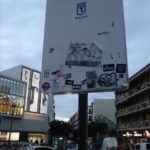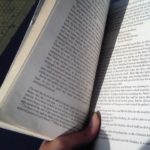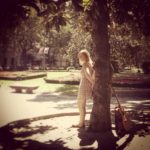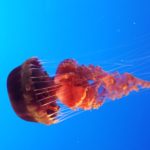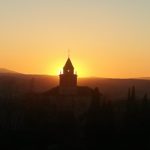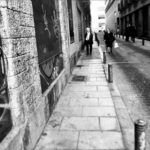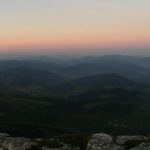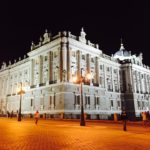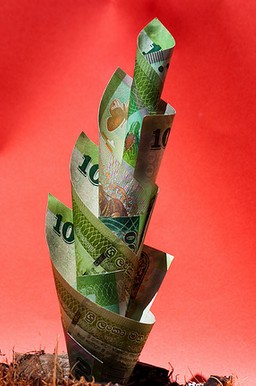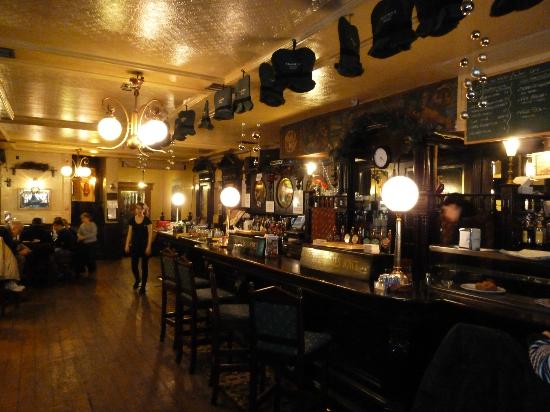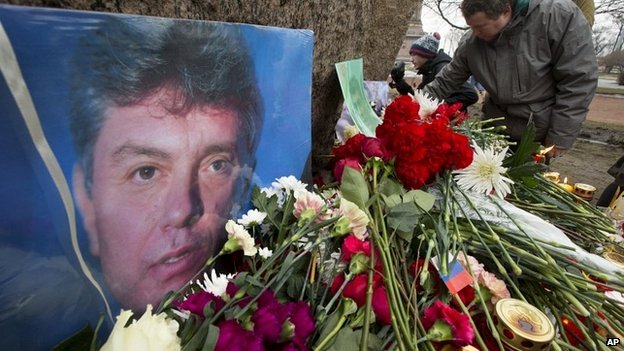On the first Wednesday of every month, Poetry Slam Madrid invades Bar Intruso for a few hours and a poetry slam event takes place. This reporter met with one of the organizers to find out a little bit more about the emerging art form.
In a bar in the La Latina area of Madrid, Jonathan Teuma sits across me from with his eyes wide and full of ideas and his goatee tufting out like two fingers to the powers that be. He very much puts me in mind of Gustave Courbet’s “Desperate Man,” and Jonathan, much like the painter himself, lives his life under no regime save for the regime of liberty, and he comes from a socialist agitator stock. When I first met this affable Gibraltarian, he had tucked under his arm book called “My Grandmother was an Anarchist” and we had a discussion about the pointlessness of nationalism, with me for and him against. This man, literally and figuratively, from between two worlds has travelled extensively this big world we all share, from Angola to England, and now to Madrid. Jonathan Teuma, as one of the coordinators of the Poetry Slam movement in Madrid, shows himself as a passionate promoter of the group.
The tenor of the poetry slam is generally a leftie one, with artists shouting, acting, musing, and condemning through the performance art of poetry slam. Every month, a guest poet opens proceedings by doing a reading and this is followed by local poets vying to win that night’s competition, as voted for by the crowd. It’s like Eminem’s 8 Mile but less depressing, more political, and equally as socially conscious.
Any prop used by a poet automatically disqualifies the poet and so the poet must solely rely on their voice, their body, and their passion. In my time observing them, the economic recession, forced evictions, abortion, religion, and a whole host of hot-button issues have been adapted into the poetry slam format. It is quite an experience to witness a slam as many of the poems are poor enough when read but when spoken are animated through the vocalizations of the modern equivalent of ancient poets passing down myths.
Jonathan is the embodiment of all aspects of Poetry Slam. His actions are theatrical and his voice seems catapulted from center stage. His family, on both sides and from both sides of the Civil War divide, escaped the increasingly intense conflict for the refuge of Gibraltar. His Great-Grandfather evaded Franco’s troops and was smuggled over by a reluctant fisherman and, for the second leg of the journey, by an off-duty policeman. His Great-Grandmother was smuggled children over into Gibraltar on one occasion, and other members of his family distributed anti-Franco propaganda in the south of Spain or were strike leaders. This lineage has had an influence on his poetry, with Jonathan stating that, “I have been put squarely on the left by my family,” and that, “My poetry is a look at what is around me, it is mental digestion of what is around me, and a comment on that. It is impregnated with a Leftist ideology.”
The Poetry Slam movement is quite international and it is arguably at its strongest in Germany. The movements around Spain are interlinked and they share poets for workshops up and down the country while poetry slammers from around the globe are invited to perform or sometimes eve ask on their own volition to participate. Starting this month, there will be a monthly English poetry slam that hopes to widen the net of the slam over the heads of new and aspiring performers.
It is a growing movement and if you want to witness it or participate, then call in to Bar Intruso, C/ Augosto Figueroa, 3. Its biggest value for me, after absorbing as much as I can, is that in a country such as Spain, where free speech is limited and protests harder to implement, the Poetry Slam Madrid movement is one way to verbalize and debate, the two key parts of any healthy democracy that are now essential in this democratically sick country where there are those trying to stop people using their voice.
By Enda Kenneally
